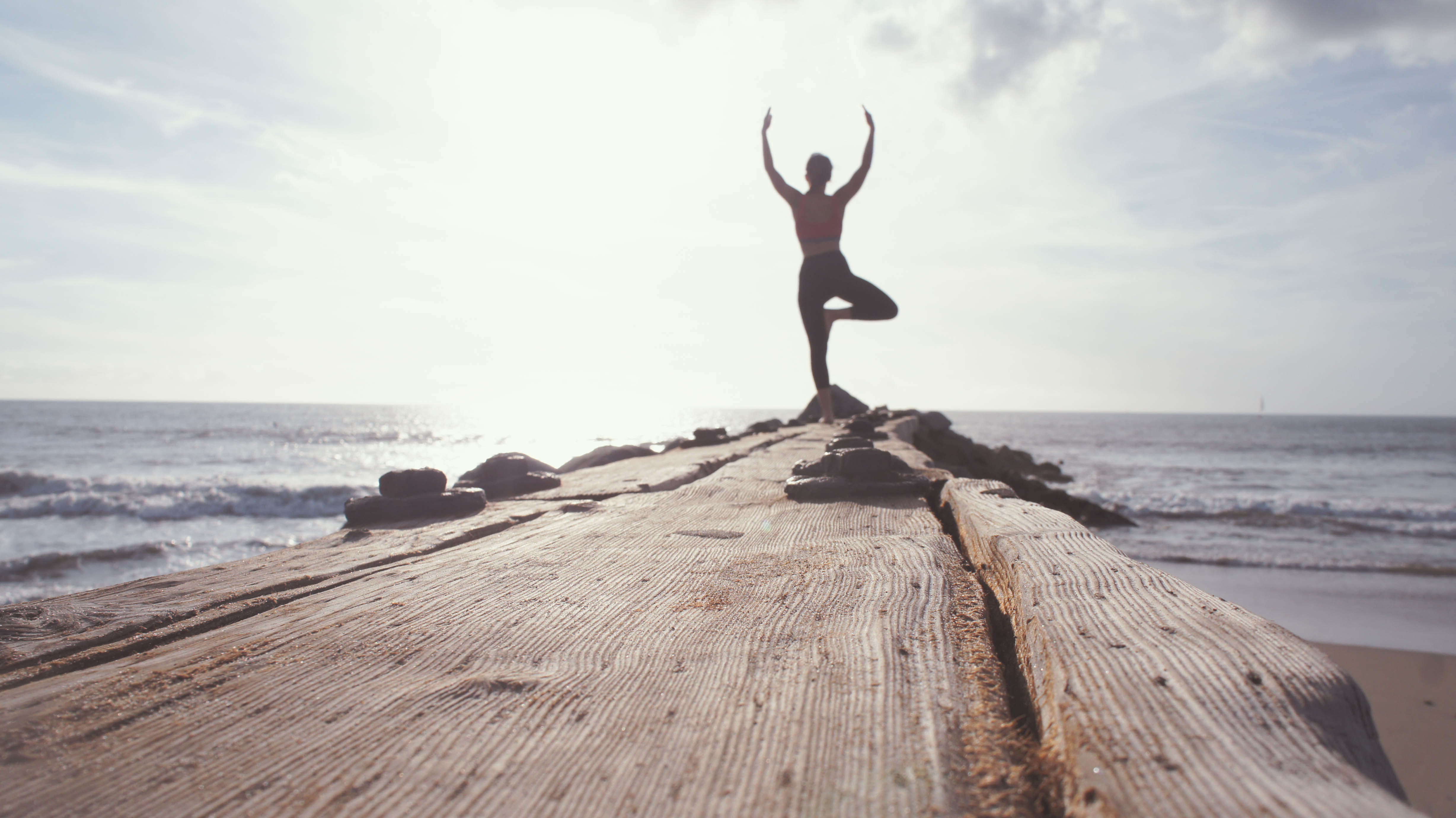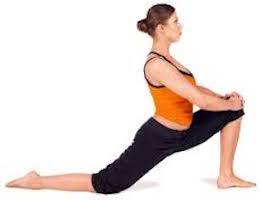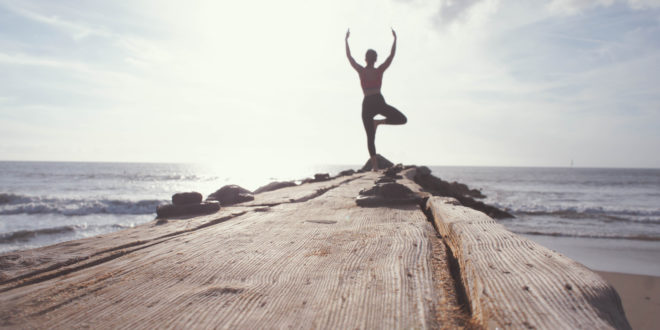When you harness the positive power of stress (read more on the positive power of stress here) it boosts your confidence, increases your cardiovascular capacity, and builds lean muscle. The key to encouraging these positive effects from stress is adequate recovery. Recovery includes all the usual suspects: getting enough sleep, lots of water, eating healthy foods and in some cases, more exercise
Moving is essential to recovery. Muscle contractions push blood through our veins and elevate our heart rate. This increases the flow of nutrient-rich blood to our cells, helping to clear waste and support the body as it restores homeostasis.
The day after an intense training session, we don’t need a work-out, we need a work-in: low-intensity movement to help us rejuvenate. (Holistic health and fitness icon Paul Chek coined this term).
We work-out to apply stress to the body, burn calories and enjoy the challenge. We need to work-in to support tissue regeneration, stress adaptation and to feel energised yet relaxed. Sounds good, doesn’t it?

Try these four movements as a work-in after your next killer work-out. They are multi-directional, engaging many muscles, and low-intensity, so they won’t add more stress. Best of all, these recovery movements will leave you feeling rested, calm, and healthy.
 Hip Flexor Stretch: Hip stretches like these leave us feeling relaxed and long. Sometimes we don’t realise how tight our hips really are until we start stretching! Start in a kneeling position, with your left foot on the floor in front of you. Raise your arms overhead as you press your hips forward. You should get a nice stretch along the front of your right hip. Return to the start position. Move slowly and repeat for 10 reps on each side.
Hip Flexor Stretch: Hip stretches like these leave us feeling relaxed and long. Sometimes we don’t realise how tight our hips really are until we start stretching! Start in a kneeling position, with your left foot on the floor in front of you. Raise your arms overhead as you press your hips forward. You should get a nice stretch along the front of your right hip. Return to the start position. Move slowly and repeat for 10 reps on each side.
Staggered Hip Rocking: This gentle movement of the hips will relieve pressure from the lower-back and knees. Start on all fours with your hands under your shoulders and your knees under your hips. Move your left hand ahead of a little, and move your left knee a back a bit. Let your spine and tummy relax. Rock backwards over your heels and then forward over your hands. This is not a big movement, and it should be gentle and slow. Repeat 12 times per side.
Side Lunge with Rotation: Adding a rotation to a simple side lunge uses more muscles, moving more blood to the places that need it. Stand with your arms out front at chest height. Maintain a long spine as you step out to the right side. When your right foot hits the ground, rotate your upper body to the right (as far as you comfortably can) as you sink back into the lunge. Do 12 reps on one side before switching legs.
Rotational Lunge with Reach: The bending and twisting action in this movement engages the entire body, and is a fantastic stretch for the mid-back. From standing, step back with your right foot and set it down in a 4 o’clock position and sink into a lunge. Keep your spine long as you bend and twist: reach for your right foot with your left hand, and stretch your right hand toward the ceiling. TIP: Look towards your right hand (and the ceiling) as you twist. Return to the start position and perform 8-10 reps on one side before repeating for 8-10 reps on the other side.









Join the Discussion
Type out your comment here:
You must be logged in to post a comment.